1. On any suspicion that a sett has been blocked to facilitate gassing or other poisoning DO NOT UNBLOCK as you could endanger yourself. Get expert advice ASAP and call the police. Setts which have been gassed will normally have been fully blocked with earth with no gaps for air to get into them (and gas to escape)
2. Most sett blocking we see is collateral where badgers are concerned as it is to stop foxes escaping down setts
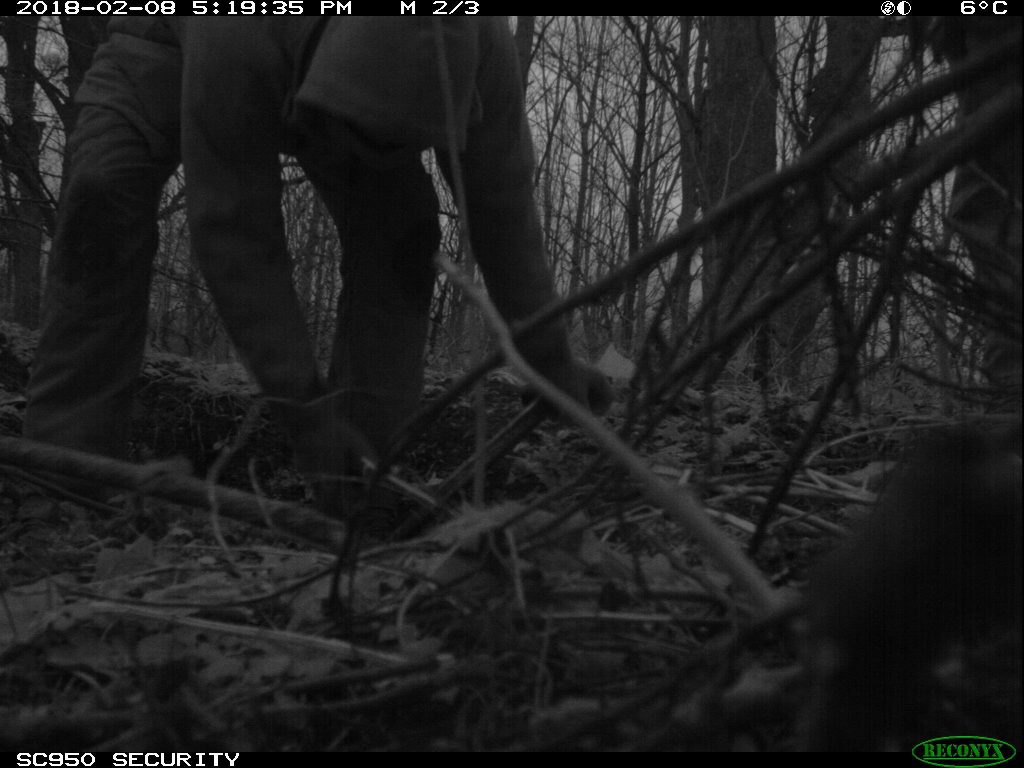
3. Blocking can be as early as the night before a hunt meet after the badgers have left the sett. Those blocking them will go out and either ‘soft block’ with earth or bundles of sticks (which was actually permitted prior to the Hunting Act coming into force) or “hard block” by ramming staves, breeze blocks or whatever down sett entrances. All now a criminal offence. Of course when the badgers get back after eating and doing what badgers do they will dig back in in most cases where possible. At a sett that the Ledbury blocked in 2018 we found paw prints on the earth used to block the sett, so it is possible that badgers do not always get back to ground before the hunt gets there. In articles and books on “earth stopping” it is recommended to go back and ‘put to’ any holes opened up by badgers overnight and this is what we have seen on the ground. Some will leave one entrance alone for badgers to use then block it in the morning. We have seen earth-stoppers out from around 05.00 to just before the meet and they can block throughout the day just ahead of the hunt
4. Strangely, not all setts are blocked. In some cases this will be because the police have had a word due to previous incidents, or because some footage has been shown regarding sett blocking, or the landowner doesn’t want it to be done. Inactive setts seem to escape blocking more often, even if the holes are big enough for a fox to escape into, but sometimes rabbit holes are blocked. Other methods may be used to escape detection. Pouring diesel down a sett entrance to put foxes off of escaping down there is one way, which is illegal. Standing on top of the sett to scare any hunted fox away is another, and an indication of illegal hunting
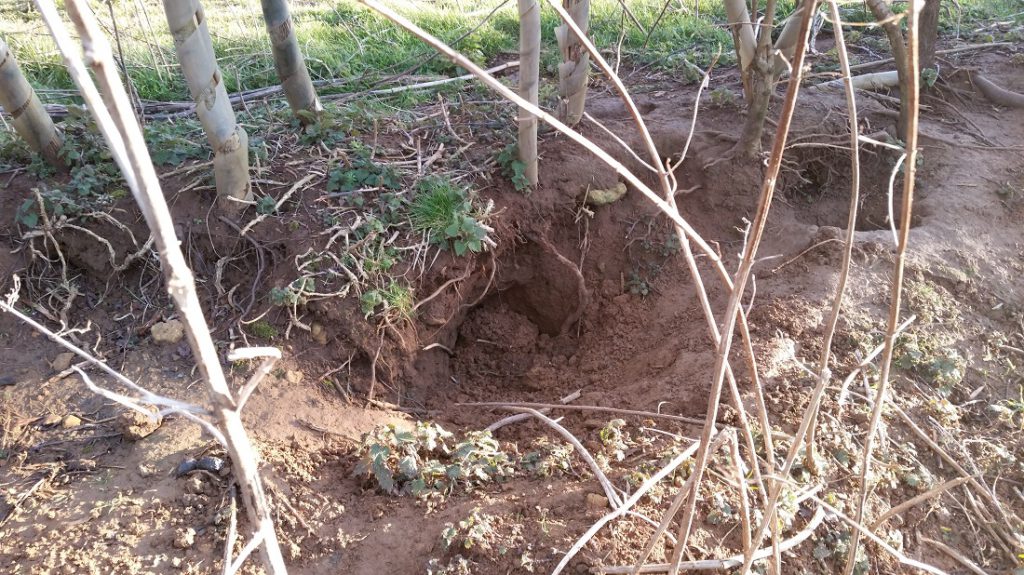
5. NB if a hunt is in the vicinity and one blocked sett is found, there will probably be many more. Please try and check all known setts. The most we have found in one day is 9 and over 2 days we only managed to check a quarter of the area covered by the hunt on that day. There seems to be no numbers or research on this but a rough estimate would be for each day hunted depending on sett density and area covered that as many as 40 setts a day could be blocked
6. Where hunt countries border one another setts are more at risk. For example one sett on the Cotswold / Heythrop border was blocked by one hunt on a Saturday and the other hunt a few days later on Tuesday. It was also targeted during the cull
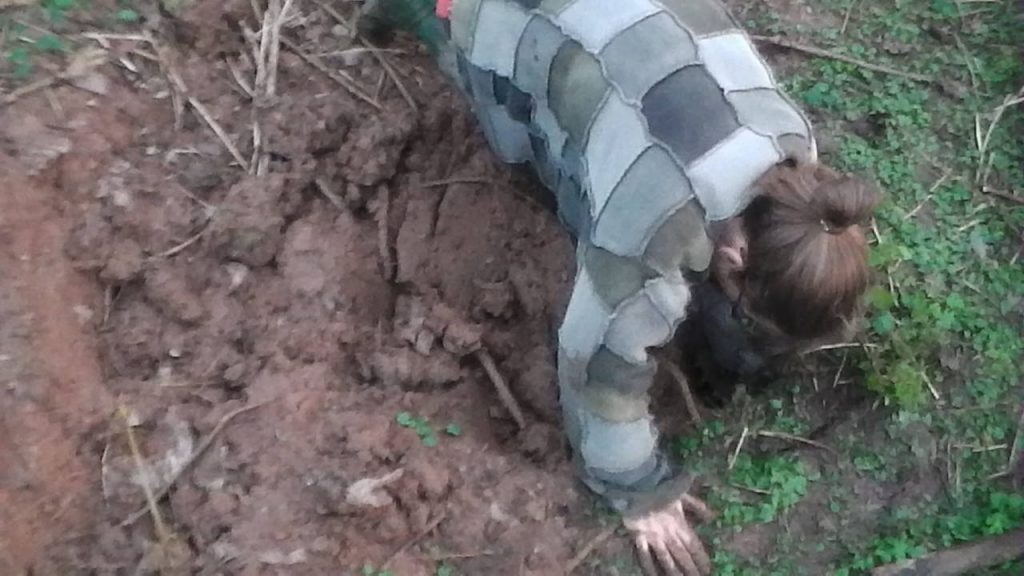
7. We unblock setts when we find them by removing clods of earth by hand. Re ‘interfering with a badger sett’ the law is a little but a court case (if anyone were to charge us) would clarify the law on this. The law states that it is illegal to obstruct and / or damage sett entrances or tunnels, so merely removing an obstruction we believe would not actually constitute an offence. We always film and report to the police and the Badger Trust. We do find dead setts, where all entrances were blocked long ago with no signs of escape and we are aware that badgers can die as a result of sett blocking by getting trapped in the earth as they try and dig out. Foxes will have somewhere to escape to if a sett is unblocked prior to or during a hunt and it can be easier to notice hounds marking to ground and prevent a dig-out than to intervene between fox and hounds if they suddenly run miles inland
8. Weather conditions and how it affects the soil play a large part in how badgers might cope. A hard frost can turn clods of earth basically into rocks, for example
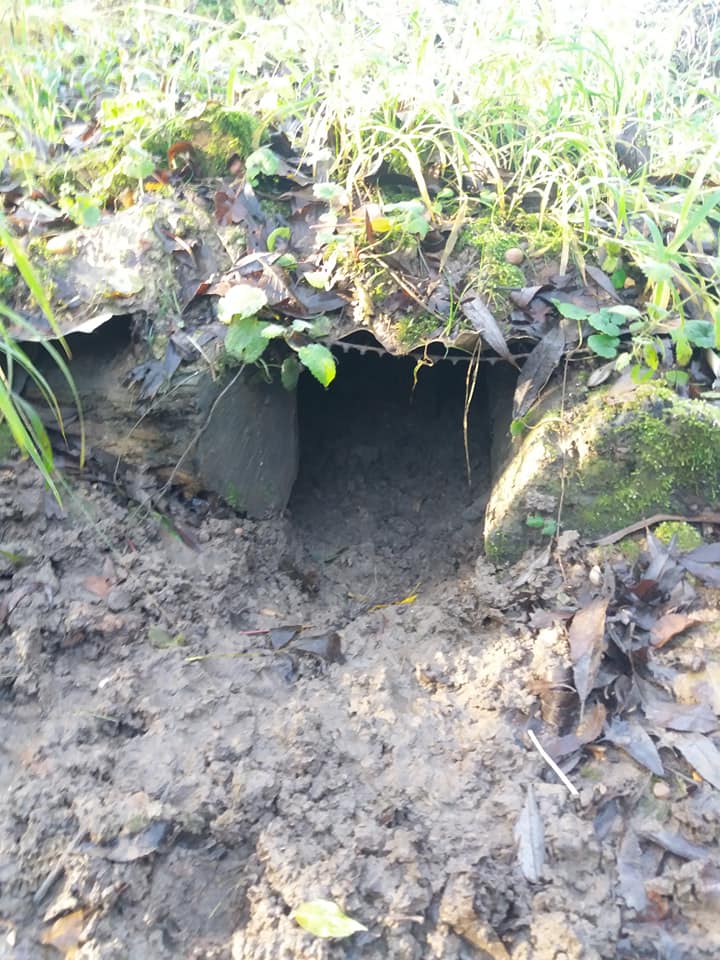
9. Badgers do inhabit Artificial Earths. As they are easy to badger-proof it is a good question to ask hunts as to why this is not standard practice. After all the point of an AE is to have easy access to a fox for bolting, bagging or retrieving which you wouldn’t have if a badger is in residence. They should also be checked and if a badger is using it then the AE becomes a sett under the law. Badgers can also inhabit drains and woodpiles
10. What we do when we find a blocked sett (or what we try to do) is film and take photos before touching anything, get a GPS location / grid ref / ‘what3words’, photograph and evidence signs of badger occupation: bedding, fresh spoil, runs, latrines, pawprints, hair, etc. Call the police and get an incident number, film any sett blockers and get their regs if possible, unblock at least a couple of entrances to allow air and foxes in and badgers out and then move on to the next sett. If hounds are nearby and you believe a fox may be trying to get to the sett, monitor it from a distance – you don’t want your presence to stop them from being able to escape into the sett – if this happens, evidence hounds marking to ground and ensure no dig-out will take place. Sometimes the police / RSPCA / NE can attend but this is rare. Sometimes we will check more setts the next day, as will others who we will notify. A report is sent to the Badger Trust, local badger groups, other sabs / monitors, other parties. Pictures are filed with the sett location on them and it is posted on the Stop Badger Sett blocking page with only vague details re location
11. Trap / trail cams have been used with some success and we are learning on the job on how to be more effective. They do get found and nicked by the blockers at times. Staking out a sett in the dark means that standard hand held cams will not pick up anything other than the sound of a quad or torches in the woods at the times they are blocking so high-power torches can be useful if we are hiding up to jump out mid-incident. Prior to the North Cotswold hunt meet on 2nd January 2017 near Chipping Campden (in the North Cotswold badger cull zone) torches were seen in the woods at 05.30, the police attended and saw the quad inland but were unable to apprehend them. The setts were all blocked. Meanwhile only 5 miles away (also within the North Cotswold cull zone) the Heythrop were doing the same thing and blocked setts were found there too
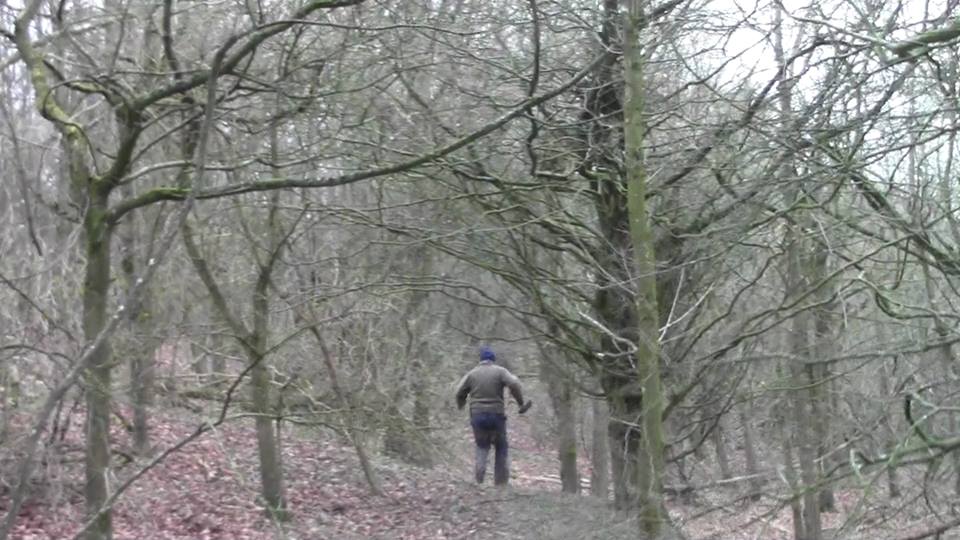
12. Any attempt to catch sett blockers only works if we have the hunt meet. If a hunt is called in or we find out retrospectively about a meet we check the area as soon as we can, if we can. We film signs of lots of horses in the area and any quad bike tracks. In one case when someone called in a sighting of the North Cotswold Hunt the area was surveyed the next day. A sett was found and it had been both blocked to stop a fox escaping while they dug down to him (sometimes they use nets over entrances to flush the fox into as opposed to blocking them) and dugout. The remains of a fox including fur, skin, organs, intestines and blood were found on top of the sett. The sett now has no signs of activity. Multiple hoofprints and some quadbike tracks were within yards of the sett, with multiple hound paw prints evident on the sett. A dead sett was also found very near by that was long dead with no obvious entrances. This is in the North Cotswold cull zone
13. Regarding the hunt… filming officials who are out is important because they are supposed to be in charge of the hunt. Masters, secretary, chairman, committee, directors and all hunt staff (huntsman, terrierman, whipper-in) are key figures in any hunt. Especially the masters and hunt staff. Film showing them out near where setts are blocked can indicate complicity with the practice at least. We know that hunt officials sometimes block setts themselves but it is a matter of proving who, what, where and when. At a Heythrop meet near Donnington (North Cotswold cull zone again) we did find a man blocking a sett, who then ran away from us. We attended the meet and they did not even draw the covert where he had blocked the sett, they were aggressive and clearly very worried and galloped straight past the wood and on to another area
14. Sett maps are not necessary to be able to check setts, they can help but you can look for setts without them. If it is dark it is very difficult (for most people) to identify a sett in an unknown area even with a map. You can follow fresh quad bike tracks, especially after a hard frost or snow, although not all sett-blockers will use quads. At first light it is a matter of looking at an OS map and heading to areas that look likely to have a sett and surveying them. On a post-meet check it’s the same thing but with the additional help of quad bike tracks / hoofprints leading to where the hunt has been. Not all sett-blockers will be terriermen or ride quads, but they are often used as they are easy to get around on and, with no other leads, they can be a good start

15. Be aware that gamekeepers, landowners, all sorts of people block setts for the hunt. Some hunts do not do this at all. It seems to be the bigger / posher packs who employ the tactic most often. Earth stoppers were traditionally sent cards as to where to block and they were (maybe still are) invited to special suppers. However, hunts that don’t block can still dig-out setts if a fox goes to ground in one and hunt supporters may stand on or near setts to scare off any foxes attempting to escape into them
16. Dig-outs can be much worse for badgers as terriers will have been entered and the sett dug into with the probable complication of one or more collapsed tunnels or chambers. It would seem to be that the best thing to do is to leave the sett alone after unblocking blocked entrances, but there seems to be no overall consensus. As we do not know the layout of any sett it could be harmful to try and remove the earth filling in a dig-out pit
17. For more information check out our own article and report blocked setts to us / your local group, the police and, finally, the Badger Trust
